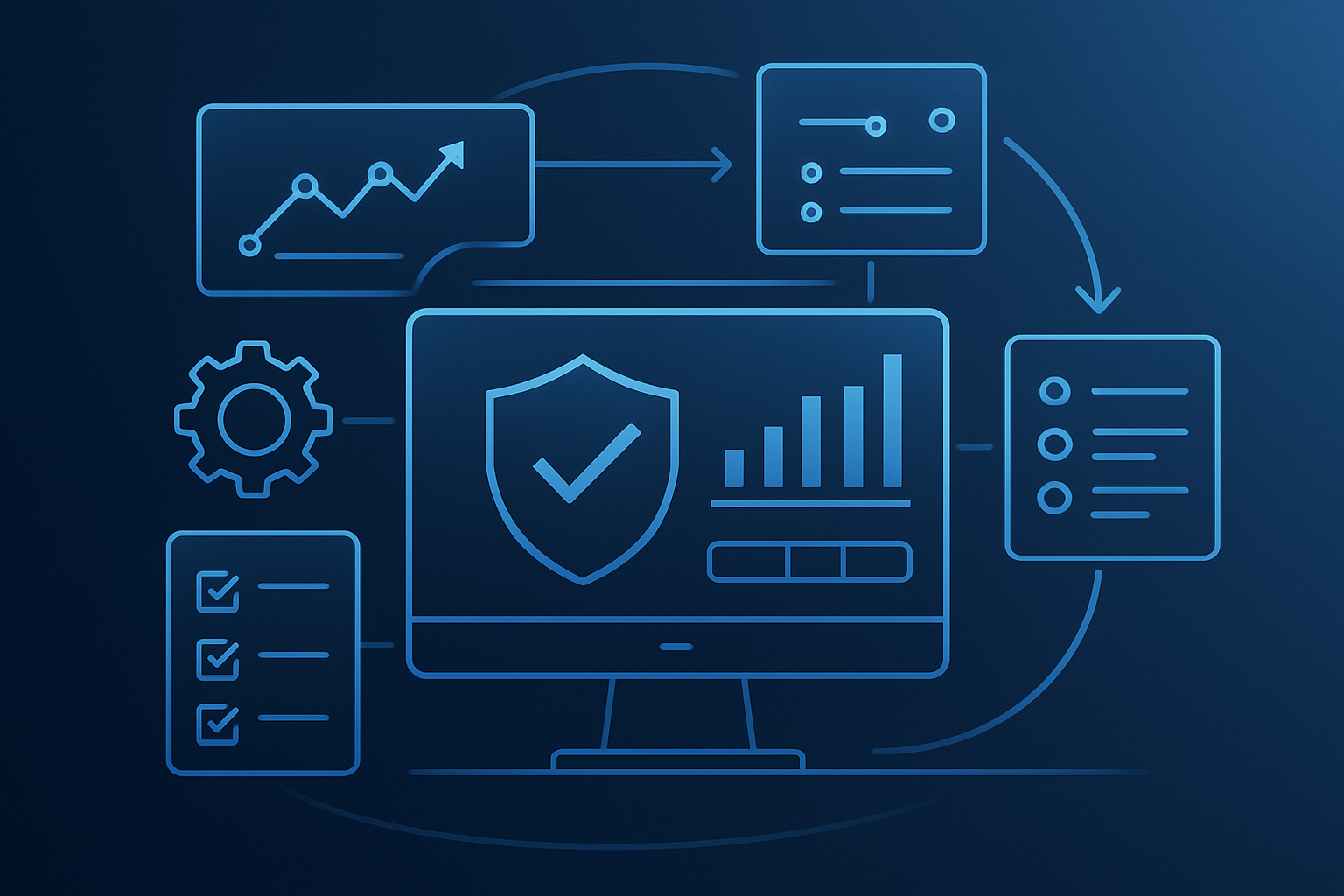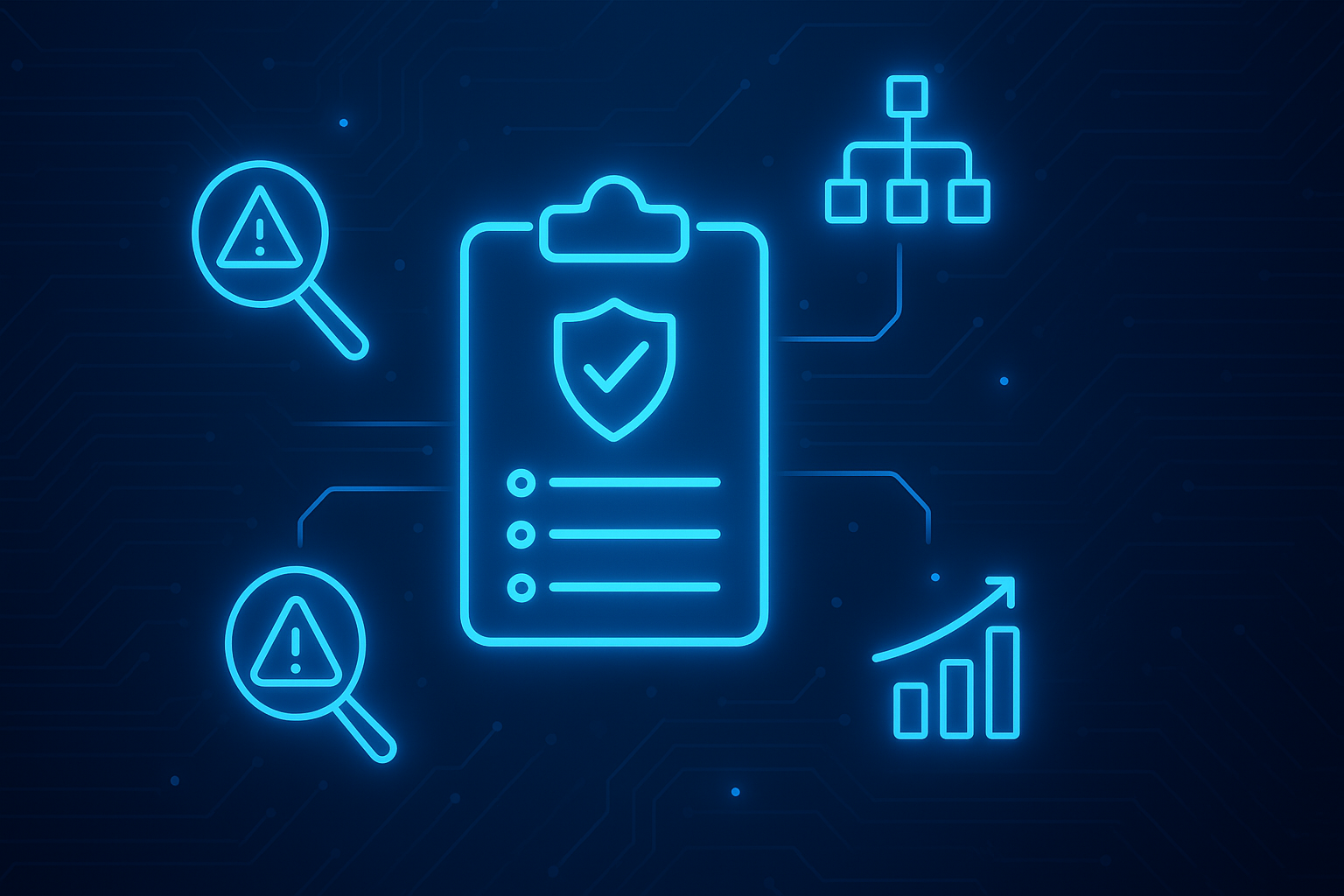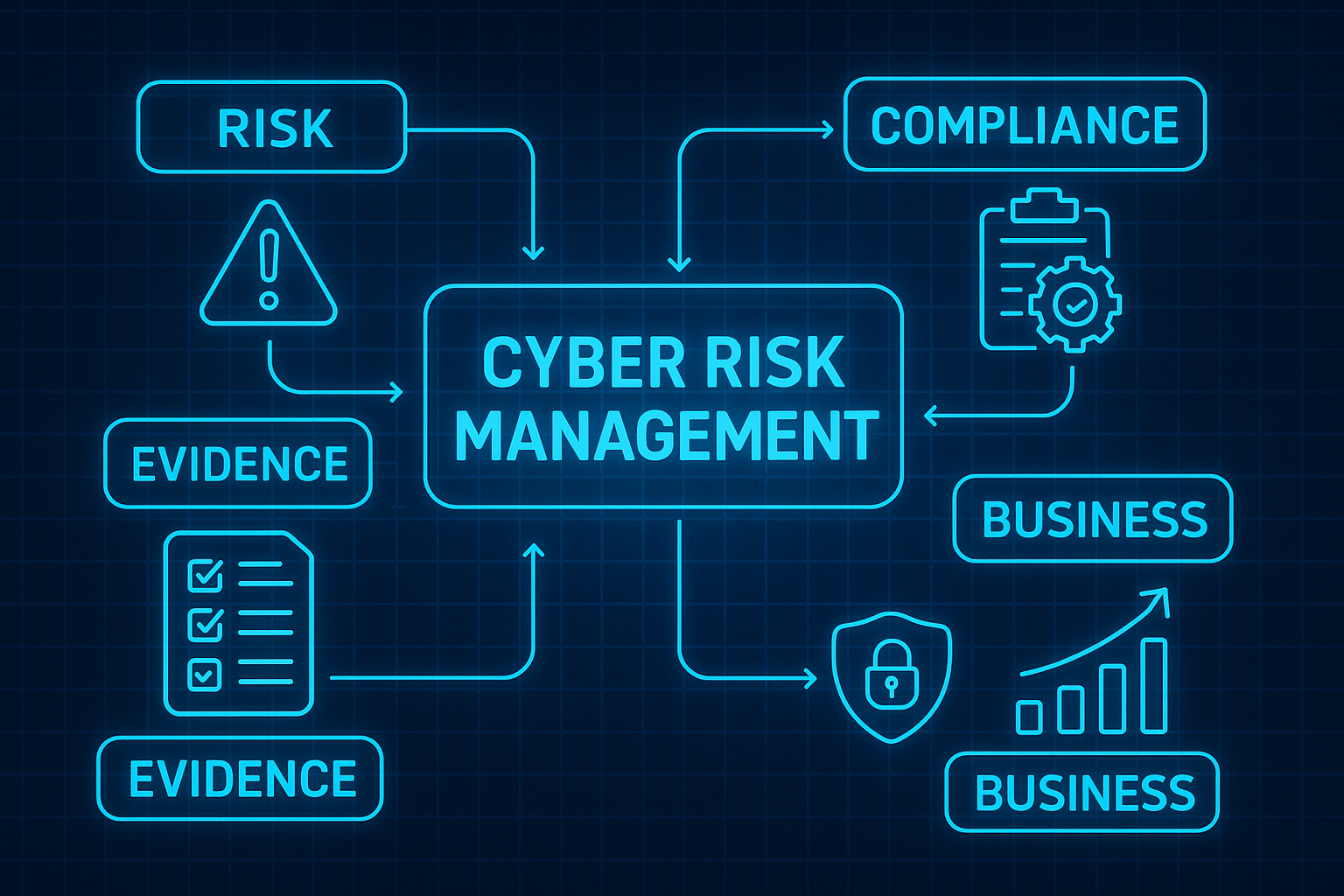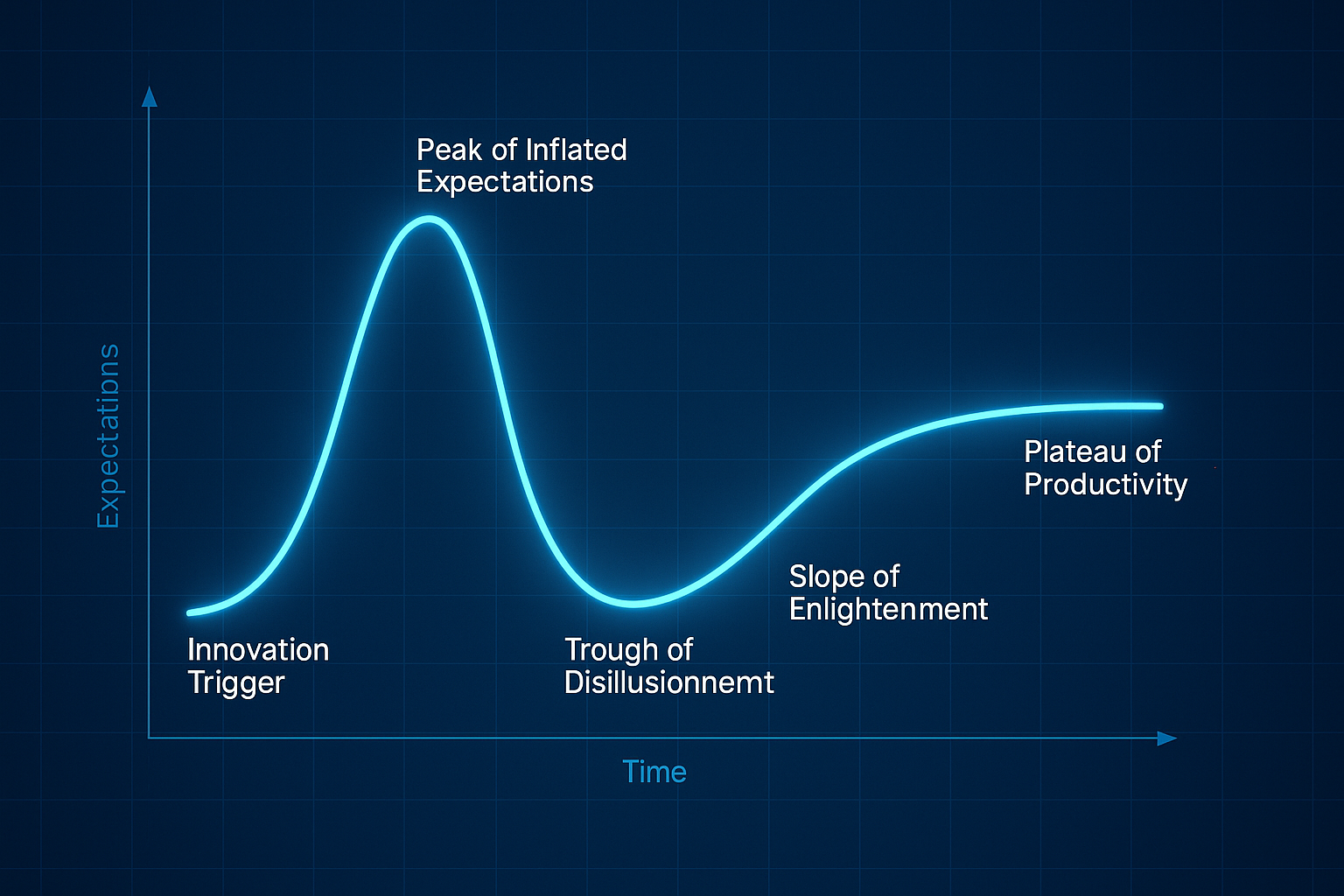The phrase “alert fatigue” has become a mainstay in cybersecurity conversations. But behind the flood of findings, alerts, vulnerabilities, and compliance gaps lies a deeper problem: the security context crisis. Security teams aren’t just drowning in volume; they’re operating without a clear sense of what matters most, and why.
Challenges of Overwhelming Security Alert Volume
As expected, the cybersecurity landscape is in a state of constant flux, both within and outside your organization. Every day, new vulnerabilities are discovered, CVEs are published, threat actor TTPs evolve, and active exploit campaigns emerge. Meanwhile, internally, asset inventories shift, misconfigurations pop up, and controls degrade. Each of these changes can introduce new risks, but they are rarely evaluated together. Correlating this evolving external threat landscape with an equally dynamic internal environment is no small feat, and without the right context, it’s nearly impossible to prioritize next steps effectively.
Security Operations Centers (SOCs) are overwhelmed. According to a 2023 report, 16% of SOC professionals manage only 50–59% of their weekly alert volume, meaning nearly half of incoming alerts go unactioned. And that was over two years ago. This is not a resource issue—it’s a signal-to-noise issue.
The result? Analysts are spending more time triaging than reducing risk, and security leaders are struggling to extract meaning from the chaos.
Real-World Fallout: What Happens When Security Context Fails
The costs of this crisis aren’t hypothetical; they’re already playing out in SEC filings and earnings reports.
At the World Economic Forum's annual meeting in Davos this year, global leaders warned of a “cyberstorm” on the horizon. Not just isolated attacks, but a convergence of geopolitical tension, AI-powered threats, and increasingly fragile digital infrastructure. CISOs and heads of state alike flagged the growing risk of large-scale systemic cyber events, where one compromised system could trigger cascading failures across sectors.
Despite this clear and present danger, most organizations still manage cyber risk in silos, with disconnected tools and manual processes that can’t keep pace. The threats are evolving faster than our ability to see them, let alone act.
And there’s the increasing pressure from regulators: The SEC has begun cracking down on companies for downplaying the scope or impact of cyber incidents.
These datapoints are signs of a system under strain, where the inability to identify and act on meaningful threats before they materialize leads to costly impacts.
Starting Over with AI: Pressing the Reset Button on Cyber Risk Management
The future of cybersecurity software isn’t about shrinking the number of alerts; it’s about surfacing the right ones. This means providing context so security teams can address the highest priority findings first.
Security teams today are forced to treat every finding like a potential crisis because they lack the necessary context to know which issues are critical. Maybe it is, maybe it isn't?
Well, every alert is potentially critical because there isn't a reliable way to correlate internal cyber risk posture data (controls, assets, configurations, etc.) with external threat intelligence. Teams are stuck reacting to noise instead of acting on risk. This is where AI can help, not by replacing teams, but by augmenting them with clarity and prioritization.
AI’s role in security isn’t to replace human analysts. It’s to amplify their ability to prioritize by analyzing massive volumes of security-relevant data in real time and making connections that would take humans days or weeks to uncover. AI can identify patterns, anomalies, and correlations that are invisible to the naked eye. It can flag the 3 alerts out of 3,000 that point to a business-critical issue. And it can do so continuously, learning and adapting to evolving threats and environments.
The shift isn’t just toward automation, it’s toward intelligent, contextual decision-support.
But AI is only as powerful as the data it’s trained on. And in cybersecurity, that means pulling together everything—from asset configurations to TTPs to missing controls—and understanding how it all interacts.
Connecting the Dots to Uncover What Matters
The power of AI lies in its ability to connect these dots. Not just to reduce alert volume, but to prioritize what matters based on business impact. Is this vulnerability on an internet-facing, revenue-generating asset? Is it being actively exploited in the wild? Do we have controls in place to mitigate it, or do we need to escalate?
That’s the kind of insight that prevents breaches. And that’s what’s missing today.
To bring meaning to chaos, organizations must ingest and correlate data such as:
- Vulnerabilities – system-specific exposures
- Common Weakness Enumerations (CWEs) – code-level flaws and design weaknesses
- Common Vulnerabilities and Exposures (CVEs) – known public vulnerabilities
- Tactics, Techniques, and Procedures (TTPs) – adversary behavior patterns (e.g., MITRE ATT&CK)
- Threat Intelligence Feeds – emerging IOCs and APT campaigns
- Assets – business-critical systems, endpoints, cloud workloads, etc.
- Control Gaps – deviations from expected security posture
- Risks – aggregated threat likelihoods and impacts
- Compliance Frameworks – requirements from NIST CSF, ISO 27001, etc.
- Business Context – which systems support revenue, operations, or customer experience
How Does CyberSaint's AI-Powered Findings Management Solve for SOC Alerts?
SOCs are inundated with alerts—many of which lack context or clear prioritization—making it difficult for security teams to determine which threats require immediate action and which can wait. CyberSaint’s AI-Powered Findings Management addresses this challenge by transforming raw SOC alert data into actionable, risk-informed findings. By ingesting security signals through its Continuous Control Automation (CCA) engine, the CyberStrong platform applies AI and natural language processing to map alerts to specific control gaps or compliance failures. This contextualizes each alert within the organization’s broader risk and compliance posture, allowing teams to move beyond surface-level noise and focus on what truly matters.
Once mapped, alerts are ranked using CyberSaint’s AI-driven prioritization engine, which considers the internal criticality of affected assets, external threat intelligence, and existing control maturity. This ensures SOC teams spend their time on the most pressing issues, those with meaningful impact on business risk, rather than sifting through endless low-priority signals. Findings can then be turned into remediation plans with a single click, routed through CyberStrong or integrated directly into tools like Jira or ServiceNow for operational execution.
What sets CyberSaint apart is its ability to close the loop between detection and governance. Instead of stopping at alerting, the platform ties SOC insights directly to the organization's control environment and risk register. This enables continuous validation of control effectiveness, streamlined audit preparation, and risk quantification aligned to frameworks like FAIR or NIST 800-30. Executive leadership gains visibility into how day-to-day SOC operations influence enterprise risk, while security teams are empowered with more intelligent prioritization and cross-functional coordination.
In essence, CyberSaint transforms SOC alerts into strategic drivers of risk reduction, bridging the operational and organizational levels to ensure that every resolved alert moves the business closer to resilience.
Questions CISOs Should Be Asking
As cyber threats become increasingly dynamic and the internal environment evolves daily, CISOs are under pressure to lead with precision. But precision requires clarity. Before meaningful automation or response can happen, the right questions need to be asked—questions that expose where context is missing.
Here are a few to start with:
- Are we treating many of these alerts equally because we don’t trust our prioritization logic?
- Do we understand our control environment and, importantly, holistic cyber risk posture well enough to know where we’re most vulnerable? This involves considering all relevant data points.
- Can we correlate our internal control data with active threat intelligence in real time? If not, why? And how can we make this a strategic priority?
If the answer is “not yet,” it's time to rethink the way your security program operates.
The next evolution of cyber risk management is powered by real-time data, automation, and AI. And leaders, whether technical or business-side, can’t make this shift soon enough. The tools are finally available if you look for them.
Want to see how CyberStrong can support end-to-end cyber risk management while unifying millions of datapoints to weave a cyber risk intelligence layer for actionable decision-making? Meet with us to see how.
How CyberStrong Automates Control Mappings to meet SOC 2:





.png)
.png)
.png)
%201.png)
.png)




